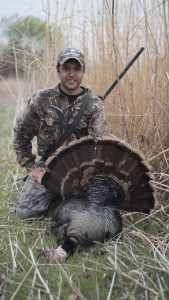 Growing up, I was always interested in hunting and the outdoors. Around the age of 16, I realized that killing monster bucks or limits of mallards involved more than just sitting in a blind or standing by a tree and squeezing the trigger. So, I decided that I would go to college to be a wildlife biologist to understand the biological functions that occur to produce large bucks or why ducks will be in one field and not another. While attending Arkansas Tech University, I travelled all over the country working on various research projects in my free time. I have worked for the US Forest Service, Arkansas Fish and Wildlife Research Unit, Arkansas Tech University, Delta Waterfowl, and Auburn University. When I was working for Auburn University, I realized a gap in my knowledge in wildlife management. This gap is probably the most important thing in wildlife management and is probably overlooked by many wildlife biologists. Sure I knew what tree species were beneficial to wildlife, but I did not fully understand how forest stands naturally develop. Therefore, I went to the University of Arkansas-Monticello (UAM) to earn a Master of Science degree in Forest Resources-Forestry. At UAM, my thesis dealt with the control of baccharis in an established bottomland hardwood plantation (i.e. WRP and CRP lands). My UAM experience also allowed me to work with some of the greatest minds in hardwood research, which gave me the foundation of understanding how forest stands naturally develop. This concept allows me to mix intensive timber management with wildlife management meaning that I am capable of producing high quality timber products while successfully managing for wildlife.
Growing up, I was always interested in hunting and the outdoors. Around the age of 16, I realized that killing monster bucks or limits of mallards involved more than just sitting in a blind or standing by a tree and squeezing the trigger. So, I decided that I would go to college to be a wildlife biologist to understand the biological functions that occur to produce large bucks or why ducks will be in one field and not another. While attending Arkansas Tech University, I travelled all over the country working on various research projects in my free time. I have worked for the US Forest Service, Arkansas Fish and Wildlife Research Unit, Arkansas Tech University, Delta Waterfowl, and Auburn University. When I was working for Auburn University, I realized a gap in my knowledge in wildlife management. This gap is probably the most important thing in wildlife management and is probably overlooked by many wildlife biologists. Sure I knew what tree species were beneficial to wildlife, but I did not fully understand how forest stands naturally develop. Therefore, I went to the University of Arkansas-Monticello (UAM) to earn a Master of Science degree in Forest Resources-Forestry. At UAM, my thesis dealt with the control of baccharis in an established bottomland hardwood plantation (i.e. WRP and CRP lands). My UAM experience also allowed me to work with some of the greatest minds in hardwood research, which gave me the foundation of understanding how forest stands naturally develop. This concept allows me to mix intensive timber management with wildlife management meaning that I am capable of producing high quality timber products while successfully managing for wildlife.
